Recently, many parts of the country have implemented power restrictions due to severe shortage of water and electricity caused by the hot weather. It’s alarming. Today, I want to share some thoughts on the power grid and electric vehicles.

One of the advantages of electric vehicles is that they are parked about 90% of the time. Can electric vehicles play a stronger role in regulating the power grid when parked?
NIO
First of all, NIO is the first automaker in the country to organize a large-scale user participation in responding to the power grid’s needs. When there is an excess of electricity on the grid, NIO can easily organize owners to charge their vehicles at specific times to help balance the power grid. Owners are given extra subsidies and charging is cheaper at these times. They can also get NIO points to exchange for goods on the NIO online store.
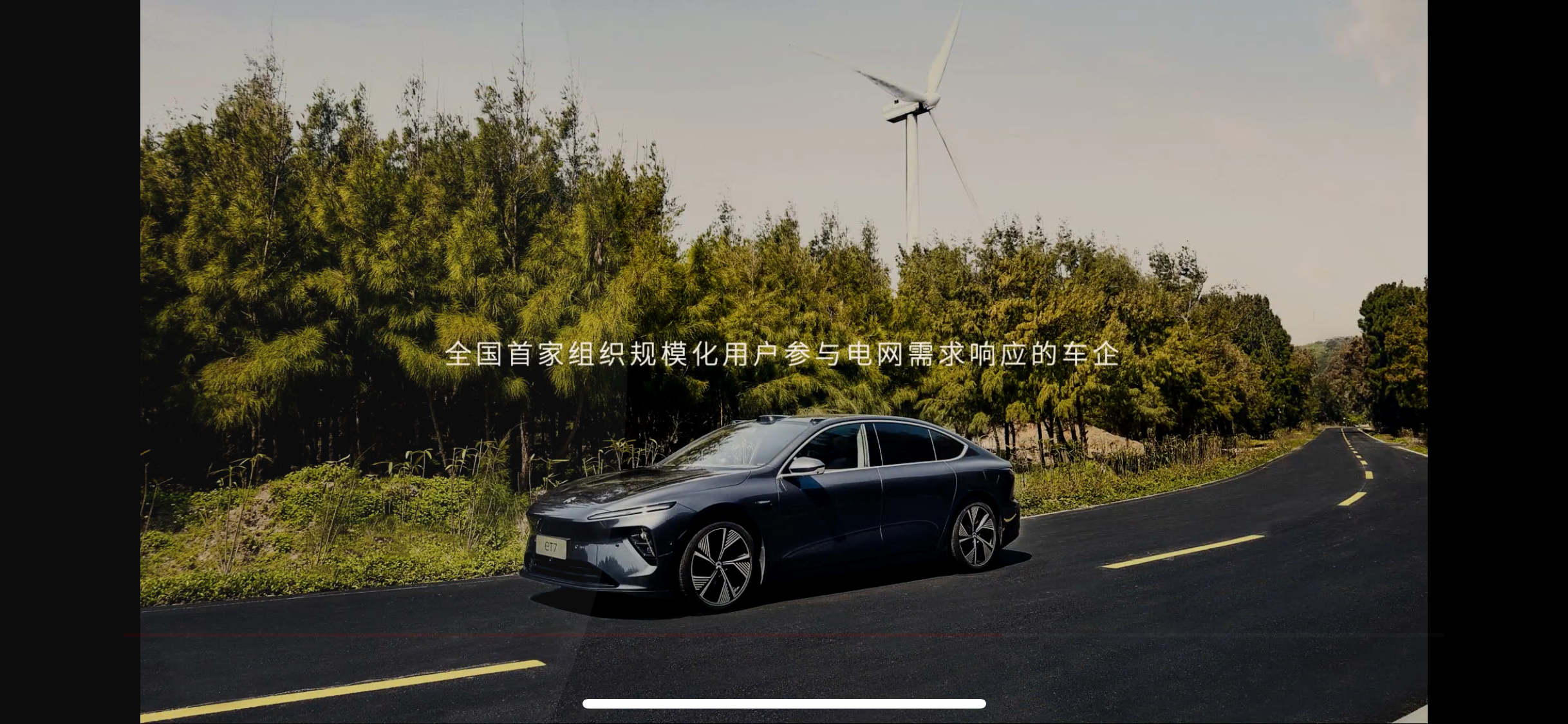
Second, NIO is also exploring V2G bi-directional charging stations that allow for low charging and high discharging. When the vehicle is parked during the day, it can act as a power supply and feed power back to the grid.
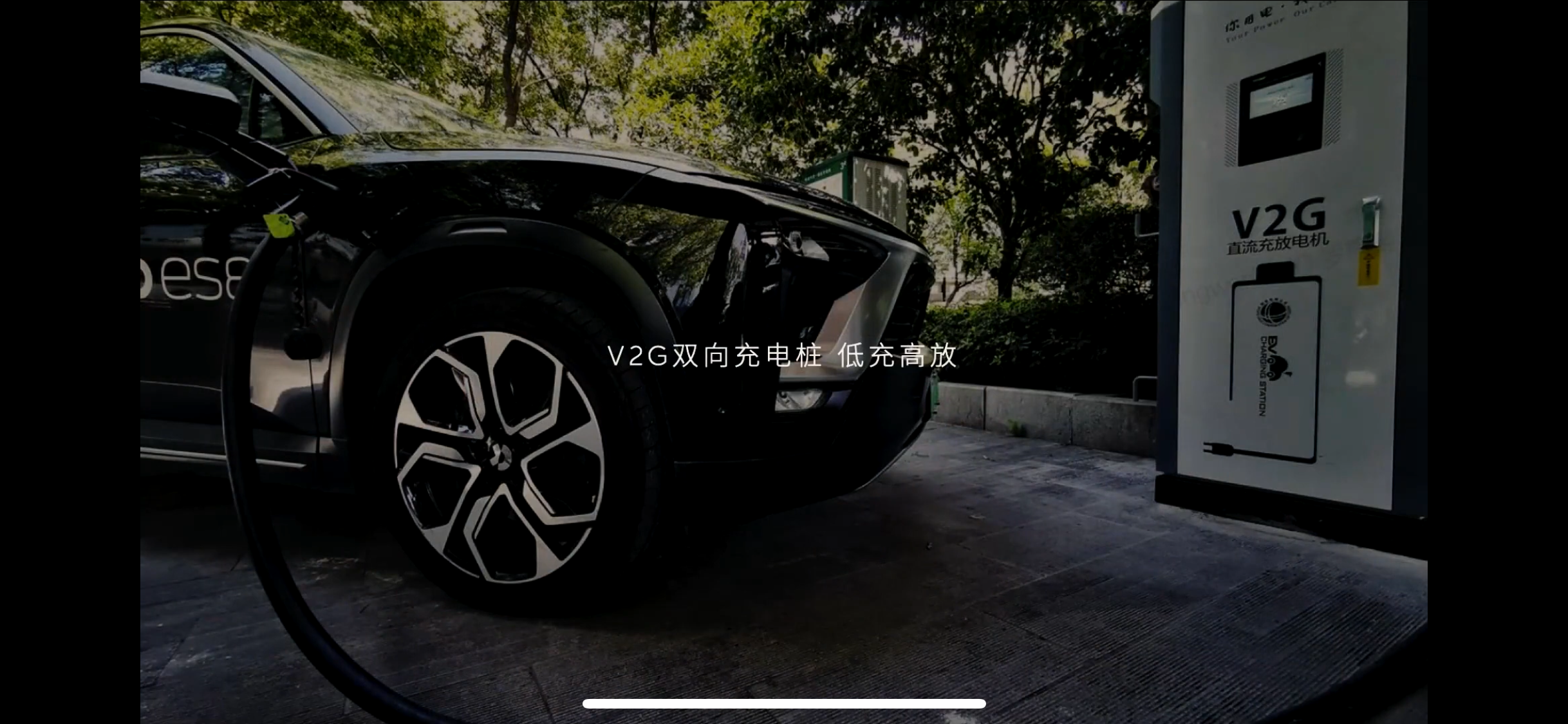
Third, bi-directional swapping stations are used to further explore the interaction between power grid infrastructure and charging facilities. Ordinary swapping stations can only charge the battery unidirectionally from the power grid, but bi-directional swapping stations can discharge the energy from the battery back into the grid. For example, if there are 13 batteries in the swapping station, each with a capacity of 100 kWh, the swapping station can act as an energy storage device with 1,300 kWh, playing a useful role in regulating the power grid. Building more swapping stations at a lower cost is beneficial to both users and the power grid.
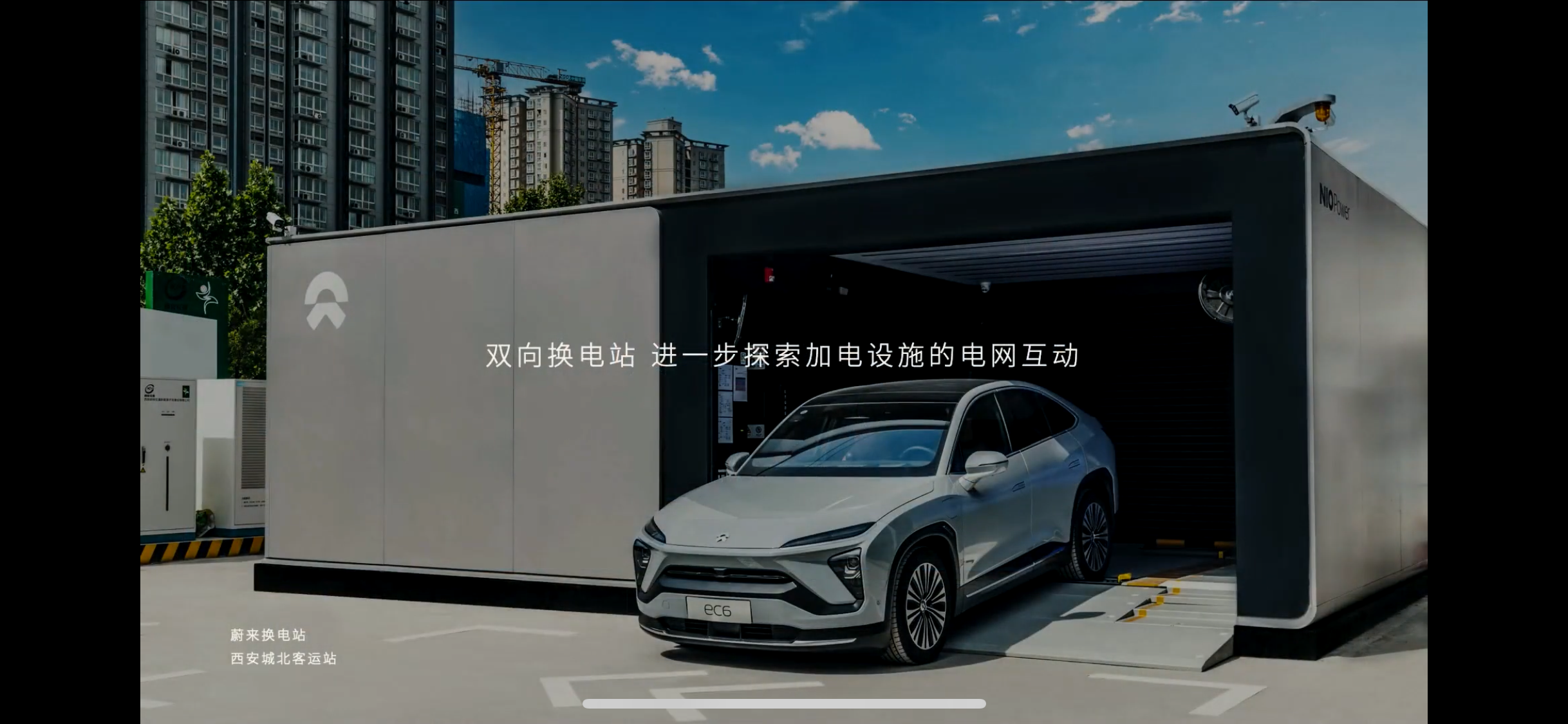
There is already a bi-directional swapping station in Xi’an, which can supply power to the grid when needed and make money at the same time. The development of NIO’s third generation swapping station is also progressing smoothly. In combination with ultra-fast charging technology, each swapping station can act as an energy storage point. Imagine if future swapping stations are equipped with solar energy storage technology, this will bring many positive effects to users and the power grid.
Fourth, off-peak charging. When the electricity price is lowest, charge all batteries; during peak demand periods, try to charge as little as possible, without delaying users’ next charging time.
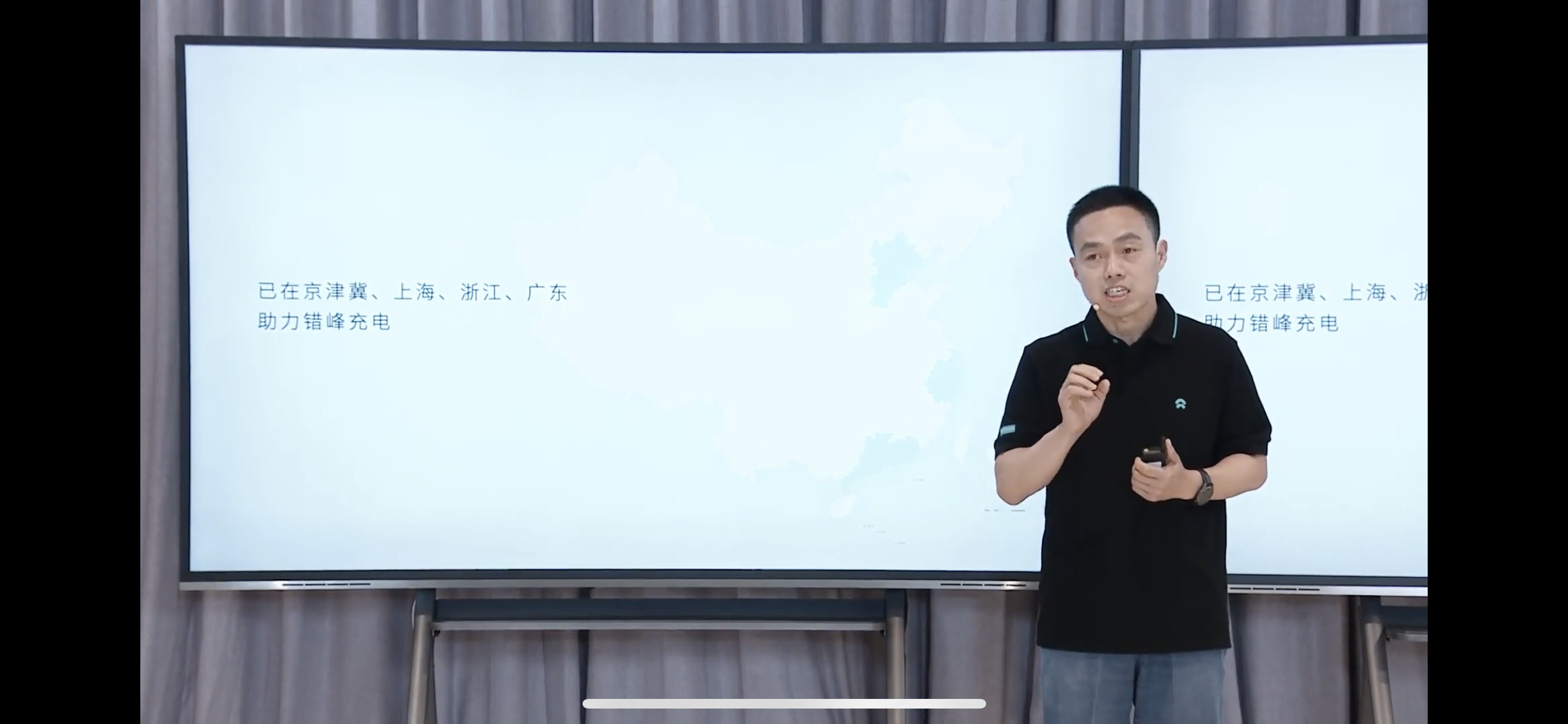
NIO will also interact with the power grid in provinces with more clean energy. Through higher efficiency and less electricity consumption for charging or exchanging electricity, it will also supply power to the power grid when necessary, benefiting society and consuming more clean energy, and helping the country achieve its carbon neutrality target.
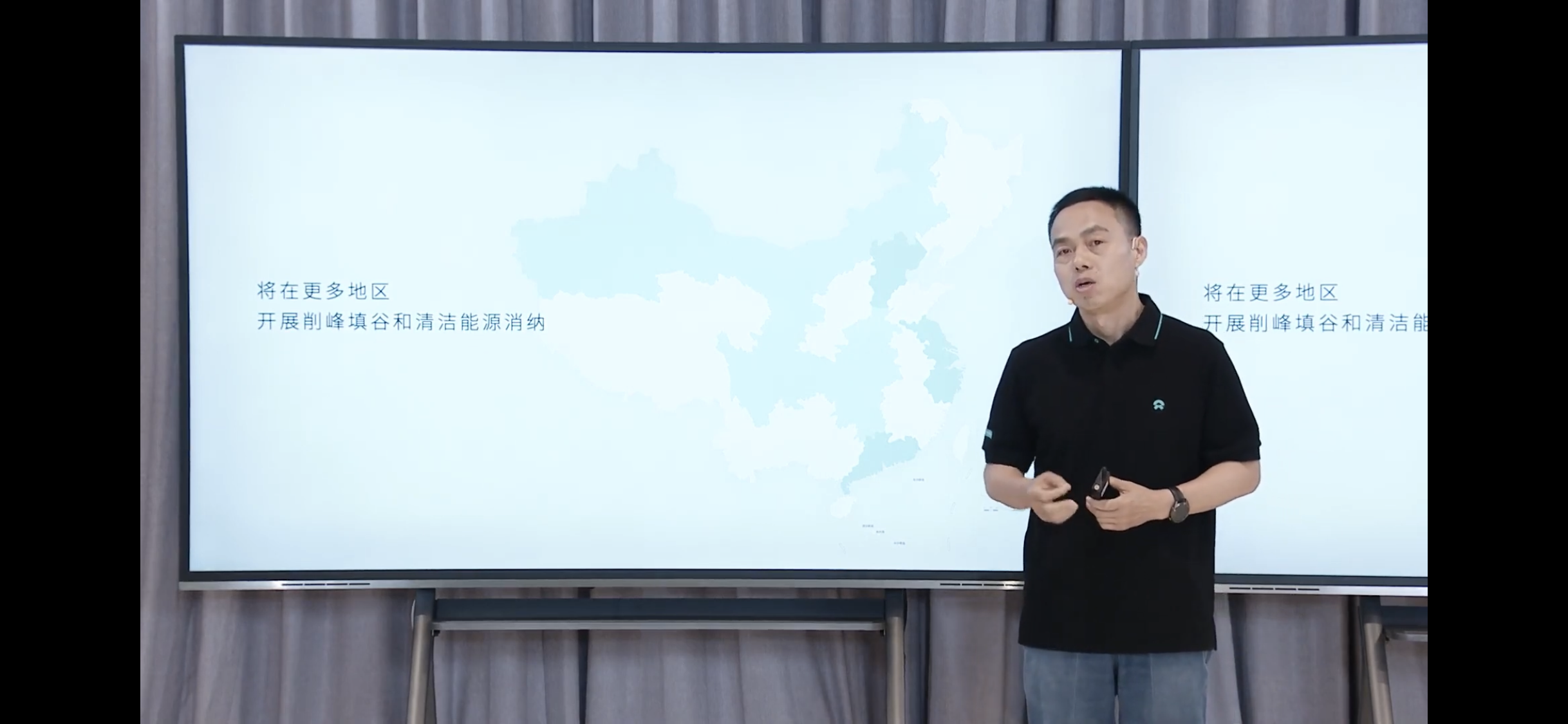
Xpeng
A few days ago, Xpeng just released the S4 ultra-fast charger with a peak power of up to 480KW. Such a high power demand will cause a great impact on the power grid. If there is no corresponding energy storage device, I am not optimistic about the popularization of this kind of ultra-fast charger. Moreover, a station cannot have only one charging pile. If several charging piles work together, the charging power will decrease.
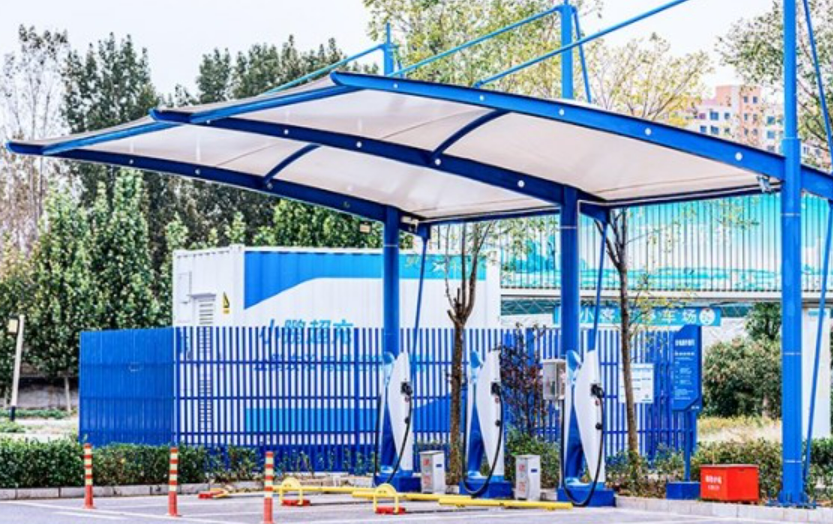
Xpeng has developed ultra-fast charging energy storage stations to provide more stable capacitors to ultra-fast charging stations and reduce the pressure on the power grid through peak shaving and valley filling. Ultra-fast chargers are more suitable for interacting with energy storage and the power grid. When using ultra-fast chargers, stability can also be ensured.
We hope that everyone can save electricity, and electric vehicle companies should also cooperate with the power grid to do something to benefit the people and dispel more prejudices.
At last, Bin Ge is here to stay.

This article is a translation by ChatGPT of a Chinese report from 42HOW. If you have any questions about it, please email bd@42how.com.
